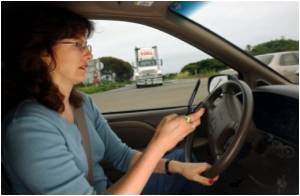
When people check their cell phones without thinking about it, the habit represents a type of automatic behaviour, or automaticity, the researchers say.
Automaticity, which was the key variable in the study, is triggered by situational cues and lacks control, awareness, intention and attention.
"In other words, some individuals automatically feel compelled to check for, read and respond to new messages, and may not even realize they have done so while driving until after the fact," Joseph Bayer, lead author of the study, said.
In the current study, the researchers investigate the role of habit in texting while driving, with a focus on how (rather than how much) the behaviour is carried out.
Scott Campbell, associate professor of communication studies and Pohs Professor of Telecommunications, says that understanding this behaviour is not just about knowing how much people text-it's about understanding how they process it.
Advertisement
"In the case of more habitual behaviour, reacting to these cues becomes automatic to the point that the person may do so without even meaning to do it," Campbell said.
Advertisement
The findings show that automatic tendencies are a significant and positive predictor of both sending and reading texts behind the wheel, even when accounting for how much individuals text overall, norms and attitudes.
"Two mobile phone users, then, could use their devices at an equal rate, but differ in the degree to which they perform the behaviour automatically," Campbell said.
The study has been published in the journal Computers in Human Behavior.
Source-ANI







